
Workers of PowerChina Guizhou Engineering Co install components of the photovoltaic power plant in August 2021. (Photo provided to China Daily)
With an investment of $417 million, the station was built on 10 square kilometers of land in the Gobi Desert's Al Kharsaah region, 50 kilometers from central Doha.
With 2 million photovoltaic cells, it is also one of the largest photovoltaic power stations in the Middle East and the third-largest single photovoltaic power project in the world.
Construction of the project began in July 2020, and workers had to cope with a series of difficulties, such as extremely hot weather, strong wind and a labor shortage due to the COVID-19 pandemic.
"The station has the world's largest active tracking system and double-sided components, to track the sun's location in real time and keep the solar panels and sunlight at the best angle, while the double-sided components allow the panels to realize photovoltaic conversion on both sides," said Wei.
Wei highlighted the high degree of the project's precision, pointing out that each 3000-meter-long set of components has a range of error of less than 2 millimeters.
"Compared with the traditional fixed support, the tracking system has much more installed parts, high installation accuracy requirements, and extremely strict debugging requirements for the control system," he said. "Therefore, we needed three times the usual installation period and labor investment."
To meet the project schedule, the company organized a strong team to mobilize skilled workers and management talent with photovoltaic construction experience from across the Middle East. Then they provided workers with video tutorials on installation and built a simulation platform for on-site teaching and practicing.
"Another difficulty was caused by the six-month-long extremely hot weather period," said Wei. "According to local labor law, open work is not allowed from 10 am to 3 pm during this period. As a result, our on-site work had to be arranged at night, bringing great challenges to night safety management."
The company also strove to minimize the impact on the local environment and establish an energy and resource conservation and recycling mechanism during construction, such as making a detailed relocation plan for on-site native plants and animals.
In June, the first stage of the project was put into operation.
"The project team overcame countless difficulties during two years of construction," said Guo Wei, president of PowerChina Guizhou Engineering Co. "We used environmentally friendly methods and finally completed the project safely and efficiently with high quality."
In recent years, the company has provided energy and infrastructure construction to countries along the Belt and Road routes. It has had contracts for 18 overseas projects around the world, including nine photovoltaic and wind power projects, with an installed capacity of 1,800 megawatts.









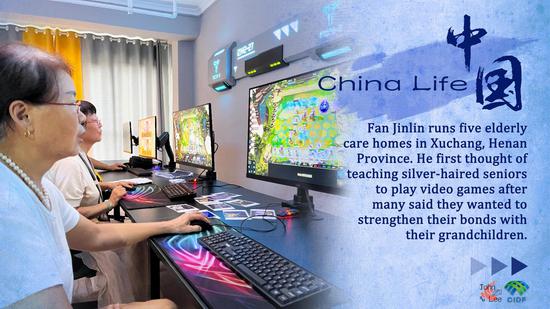



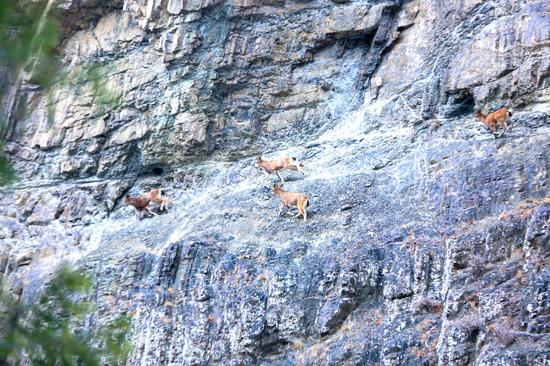



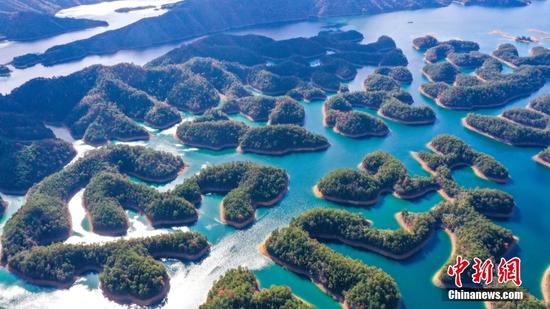

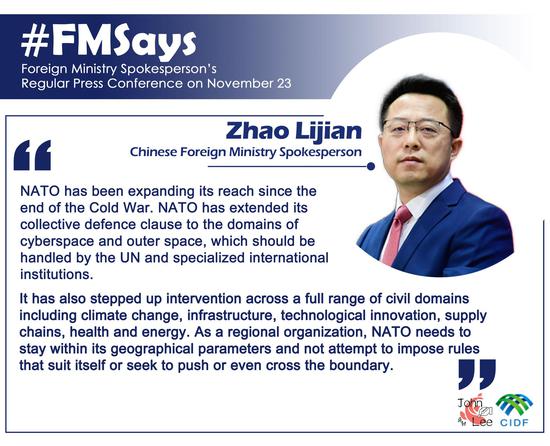

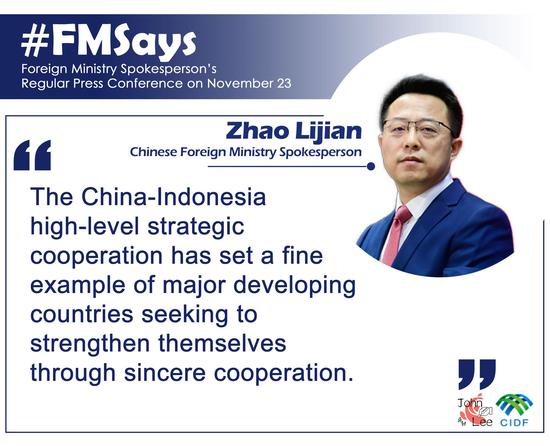





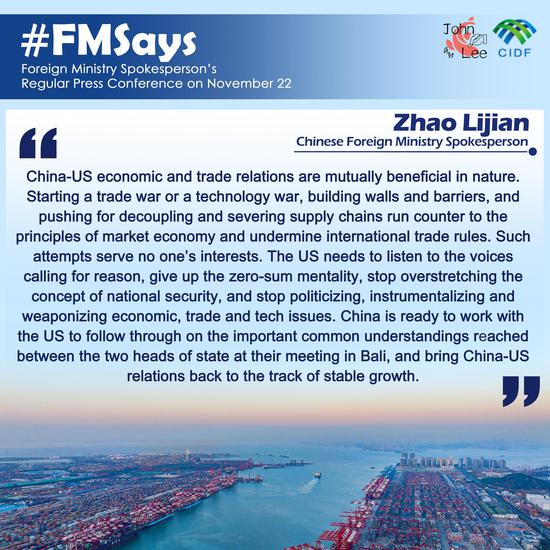
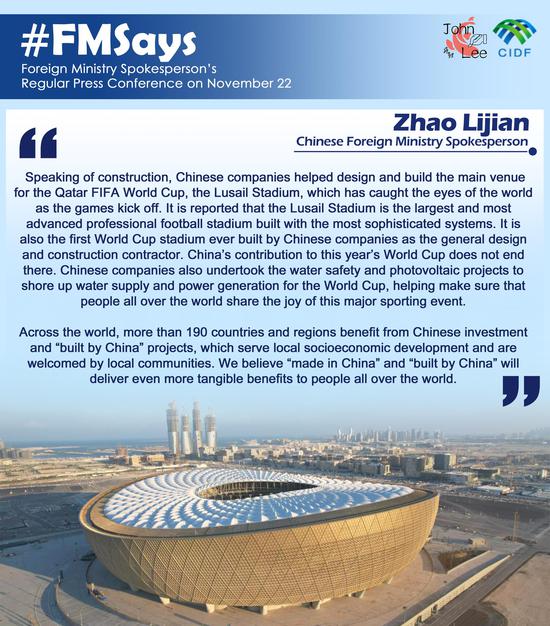
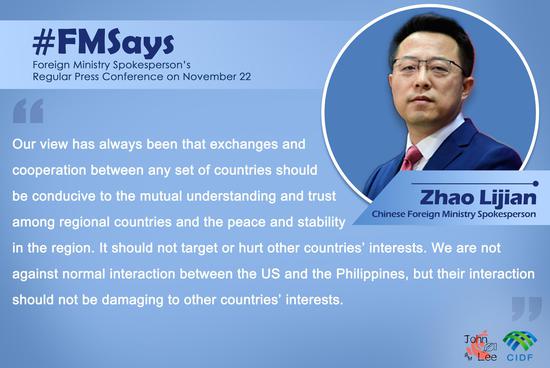
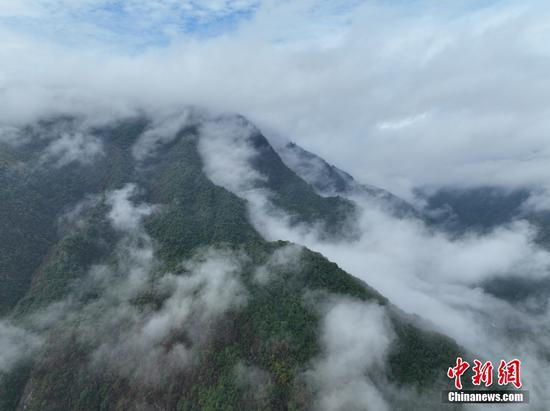
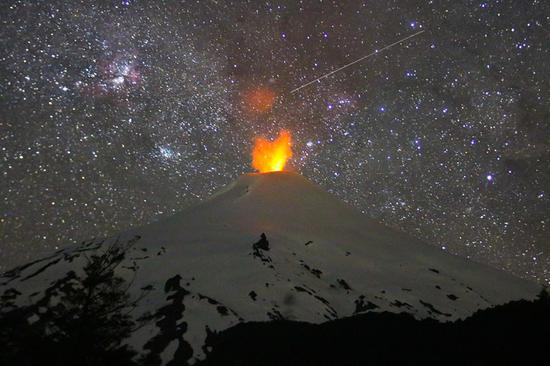





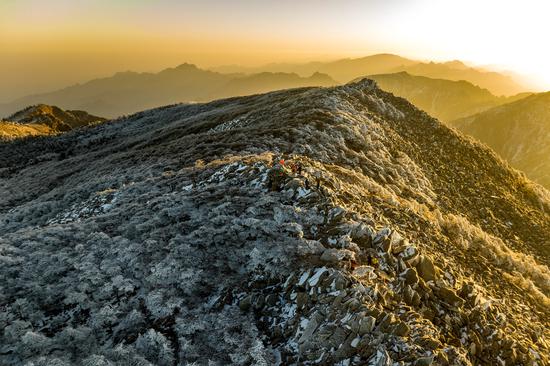
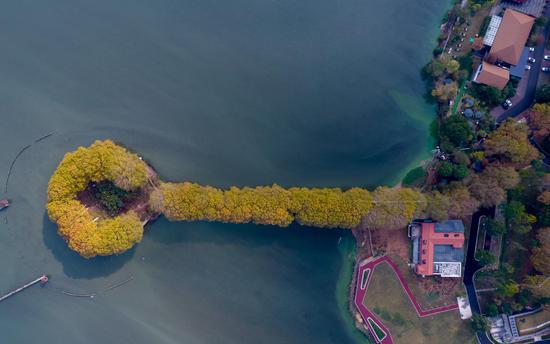




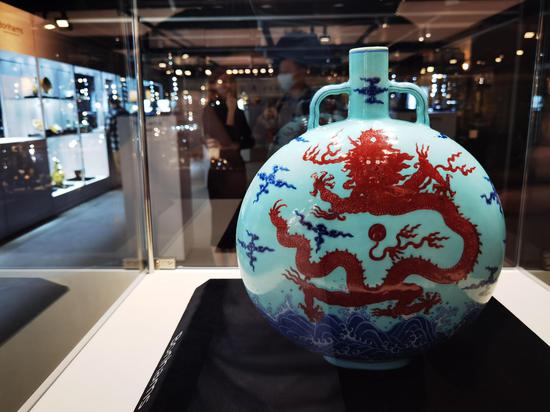


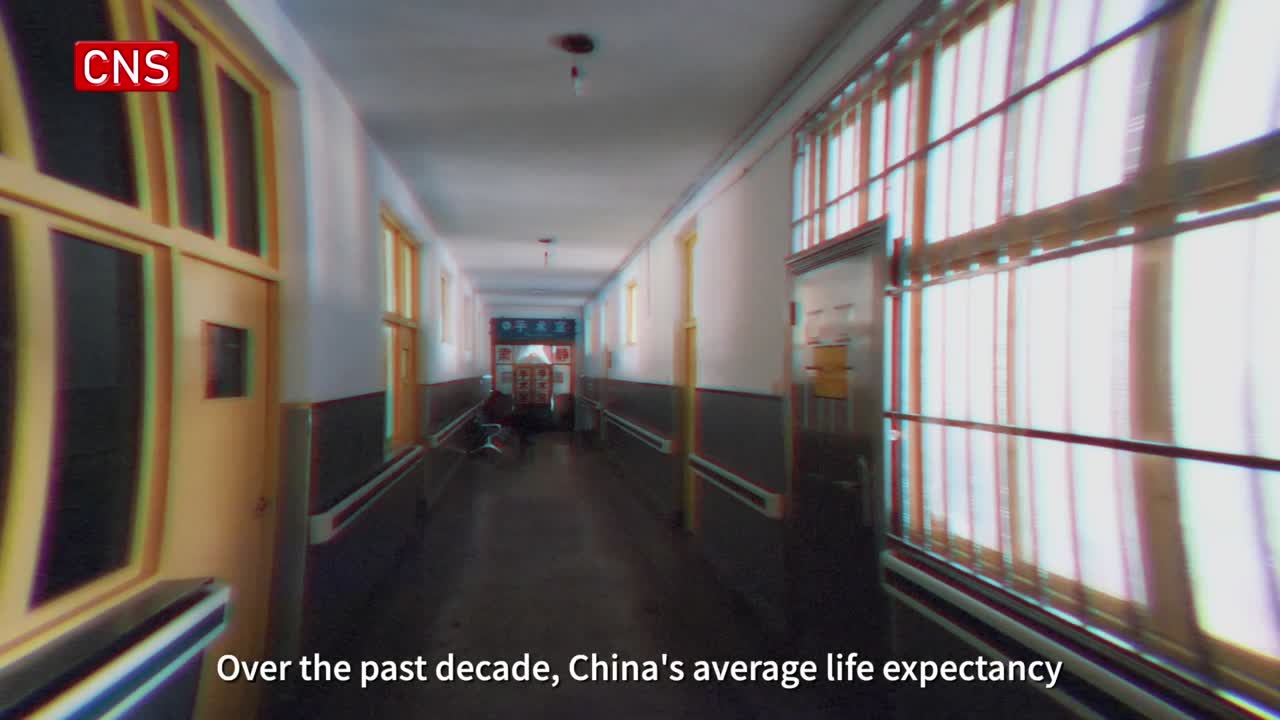



 京公网安备 11010202009201号
京公网安备 11010202009201号